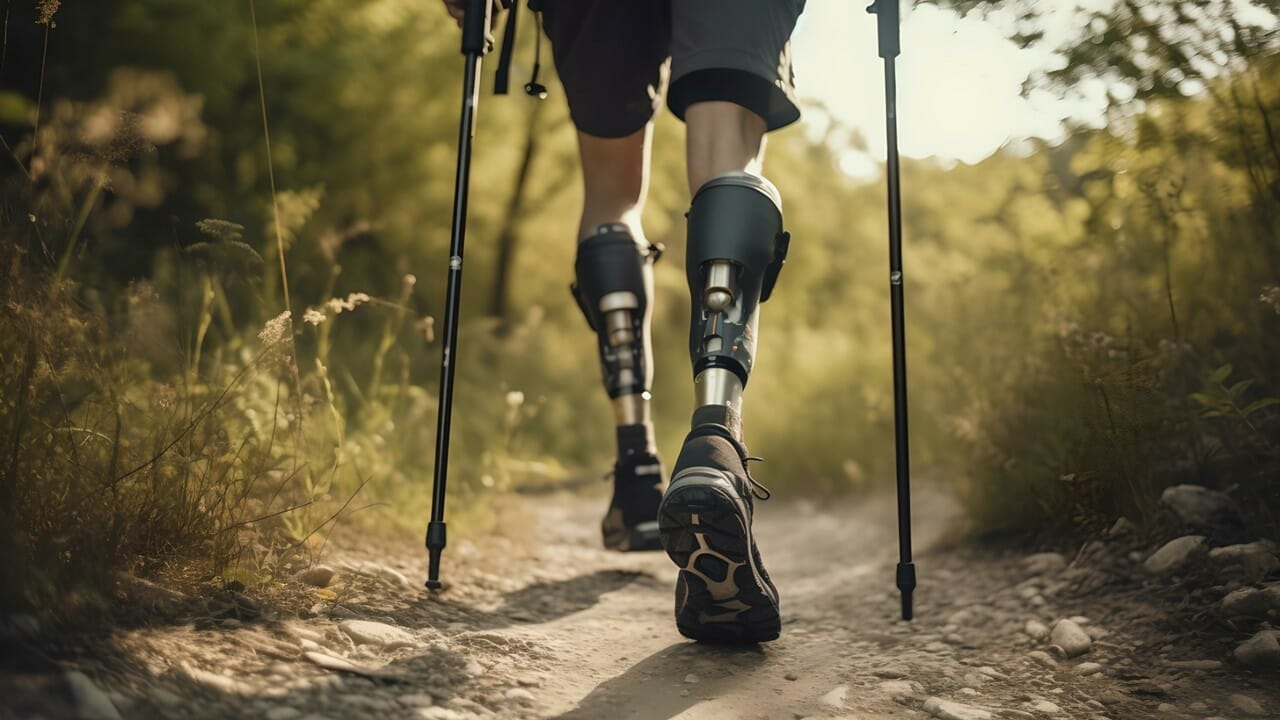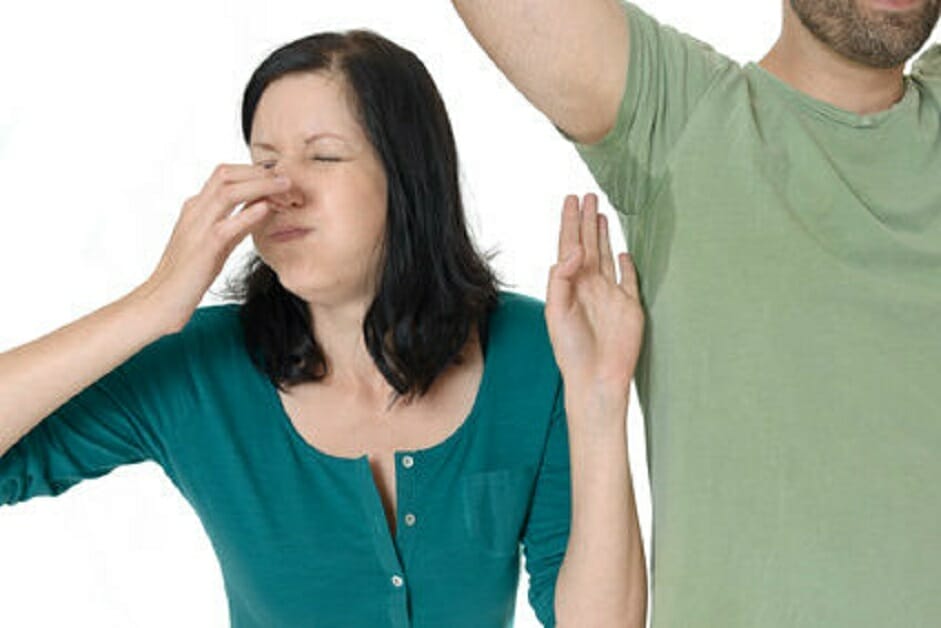In the healthcare field, you’ve probably felt the frustration of the limited availability of organ donors, witnessed the inefficacy of some drugs, and seen the challenges in tackling chronic diseases.
Every day, 17 people pass away waiting for an organ transplant, says the HRSA. Every nine minutes, someone else joins the waitlist. Although 90% of adults think organ donation is a good idea, only 60% are registered donors, the HRSA reports.
It’s evident that despite the advancements in medical technology, these issues persist. Enter regenerative medicine, a beacon of hope, promising solutions to these problems, and more.
Imagine the possibilities where organ transplants are no longer dependent on donors, customized treatments replace one-size-fits-all drugs, and chronic diseases are things of the past. It’s not a far-off dream but a reality that regenerative medicine is steadily transforming.
Regenerative medicine’s potential has been largely theoretical until recently, but its real-world applications are beginning to emerge. In this article, you’ll explore the top five applications changing the healthcare landscape.

Understanding regenerative medicine
So what’s regenerative medicine? In a nutshell, it’s a branch of medicine that focuses on restoring damaged tissues and organs. It uses your body’s natural healing process to repair, replace, or regrow cells damaged by disease, aging, or injury.
At the heart of regenerative medicine are biology, chemistry, and physics principles. It’s based on the idea that advanced scientific techniques can harness the body’s innate ability to heal and supercharge.
The theory is one thing, but what about the practice? Can regenerative medicine truly revolutionize healthcare? Explore the following five real-world applications where theory becomes practice.
- Tissue engineering and organ regeneration
Tissue engineering aims to address organ donor shortage. It involves creating biological substitutes that can restore and maintain normal function in diseased and injured tissues.
In essence, scientists grow tissues in the lab, starting from a small sample of cells. These tissues are then used to repair or replace damaged ones in the body. For instance, you might have a new kidney grown just for you!
Tissue allograft products come from donated human tissue. Once processed, they’re used to help bodies heal or replace damaged parts. These products can change a patient’s life, showing the power of giving in medicine.
Imagine a world where organ donation is no longer a waiting game but a planned procedure. This isn’t just theory—it’s happening now and reshaping the future of organ transplants.
- Stem cell therapy
Stem cells are the body’s master cells. They can become any cell type, which gives them an incredible potential to heal.
They come from different sources, like embryonic stem cells, whose origin are blastocysts, embryos that are three to five days old. They have about 150 cells and can change into any cell type.
Adult stem cells are another source. They’re found in small numbers in different tissues, including bone marrow. Before, scientists thought they could only create similar cells. Now, research hints that different types might be feasible too.
Also, scientists are now changing adult cells to act like embryonic ones. And you can find stem cells in amniotic fluid and umbilical cord blood. In short, the world of stem cells is vast and ever-growing.
Stem cell therapy isn’t a future concept—it’s a reality today. From treating blood disorders to repairing spinal cord injuries, it’s revolutionizing medicine and giving hope to millions.
- Gene therapy
Gene therapy is about altering, adding, or removing genes within an individual’s cells to treat disease.
Say you’ve got a genetic disease caused by a single malfunctioning gene. In an ideal scenario, gene therapy could replace that rogue gene with a healthy one, potentially curing the disease.
Once merely a theory, gene therapy is a practical solution for genetic disorders. Experts predict the global gene therapy market could hit USD$7,247.58 million by 2028. That’s a growth rate of about 20.10% from 2022 to 2028.
- Personalized medicine
Personalized medicine is a treatment tailored to one’s genetic makeup, ensuring that the medicine is the most effective.
Instead of a one-size-fits-all approach, you get treatment designed to fit your body’s unique needs. It’s a massive step toward ensuring that every treatment you receive is right for you.
Once a theory, personalized medicine is now a real-world application of regenerative medicine, turning the tide in the fight against diseases and bringing a new era of customized healthcare.
- Prosthetics and biobots
Prosthetics have long been used to replace lost limbs, but regenerative medicine takes it a notch higher with the advent of biobots. These are biological machines designed to mimic the function of human organs or parts.
Picture a tiny biobot, made from your cells, working inside your body to deliver drugs to a specific site or perform specialized tasks. Or imagine a prosthetic limb that mimics physical movement and regenerates and heals like a natural limb.
Once thought to be science fiction, prosthetics, and biobots are now tangible products of regenerative medicine, opening up exciting new possibilities in healthcare.
Conclusion
Regenerative medicine is significantly revolutionizing healthcare. These advances can potentially address critical issues like organ donor shortages, ineffective treatments, and chronic diseases.
The benefits are clear. It’s more than just treatment—it’s about improving quality of life, making healthcare personal, and turning impossibilities into realities. The promise of regenerative medicine is immense, but to fully harness its potential, the concerned parties must do more research and investment and create supportive policies.












